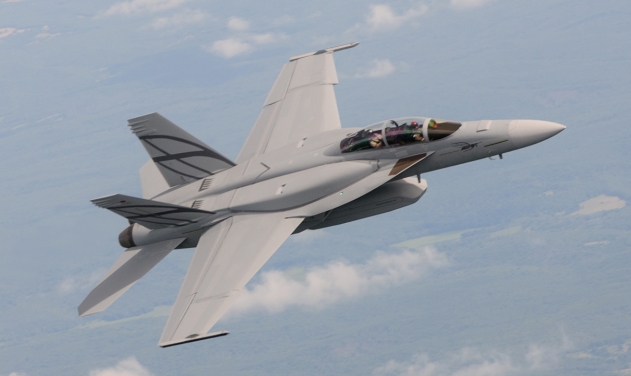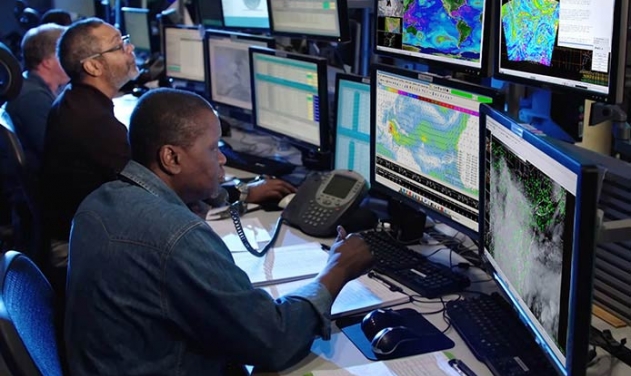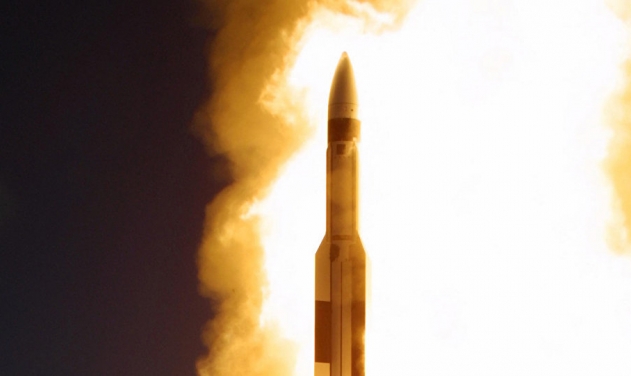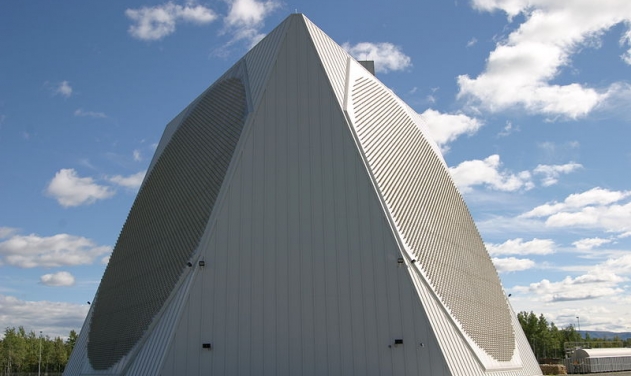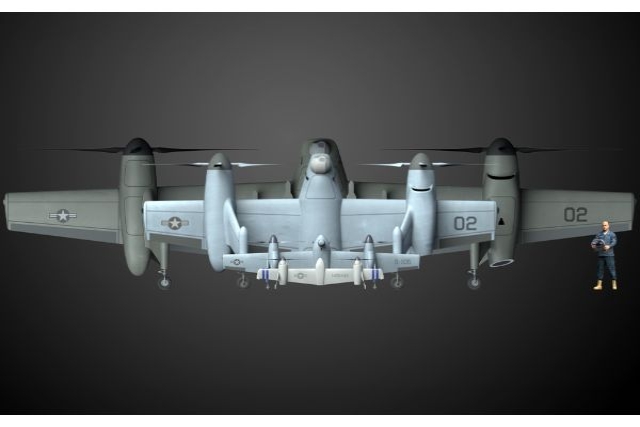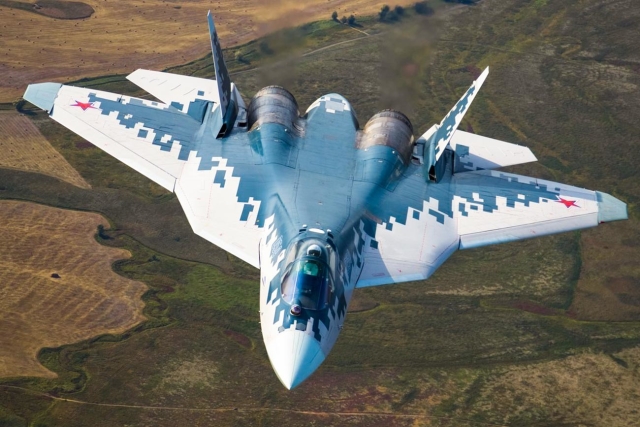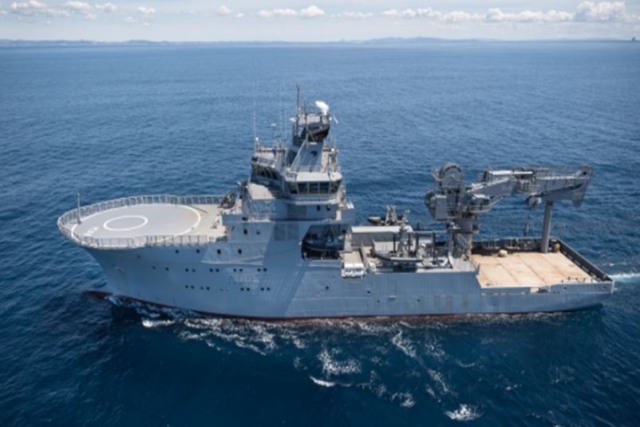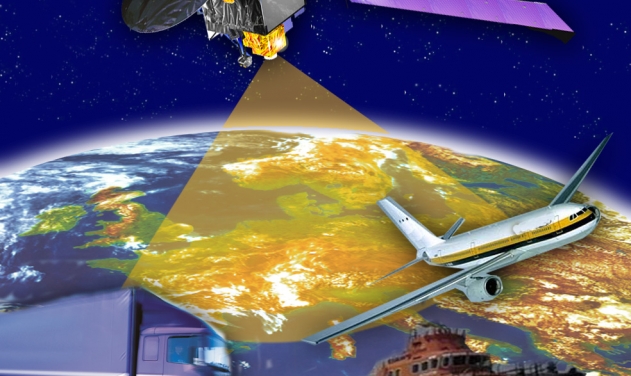US Integrates SM-3 IIA Missile With Latest Software, Sensors
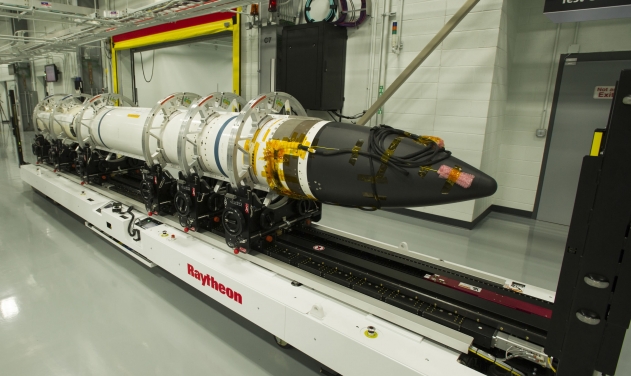
US Missile Defense Agency (MDA) and Raytheon have configured the emerging SM-3 IIA missile with a more “sensitive” seeker and software designed to accommodate new threat information.
The SM-3 IIA is a newer interceptor missile, larger and more capable than its SM-3 predecessors. It recently achieved its first intercept of a medium-range ballistic missile target, MDA officials were quoted as saying by Defense Systems Friday.
By adding new software, industry developers create the technical framework necessary to upgrade or “reprogram” new threat information into the missile over time.
“We can improve the performance through software algorithms. We are not only able to increase the threat space but bring in new threats as they emerge through software upgrades,” Amy Cohen, SM-3 program director at Raytheon said.
“We work with the MDA to define how we’re going to make improvements and what threats we want to incorporate.” Cohen added.
The SM-3 IIA also incorporates sensor technology improvements designed to enable the missile to see or detect targets farther into space, developers explained.
The SM-3 is a kinetic energy warhead able to travel at more than 600 miles per hour; it carries no explosive, but instead relies on the sheer force of impact and collision to destroy an enemy target.
"While many details of the advanced seeker are not available, it includes infrared technology." Cohen said.
“We can see a threat that we are engaging much sooner. As soon as we open our eyes, we can see threats much earlier and we have the ability to track them. This helps us with how we need to maneuver the kinetic warhead to ensure that we have a kinetic engagement with the threats that we are flying against,” Cohen added.
“The advantage of the SM-3 IIA is its large diameter kinetic warhead. It has increased operating time to engage the threat,” said Chris Szkrybalo, MDA spokesman.
The SM-3 Block IIA interceptor operates as part of the Aegis Ballistic Missile Defense system and can be launched from Aegis-equipped ships or Aegis Ashore sites, MDA Spokesman Chris Johnson said in a written statement.
SM-3 missiles, first deployed on Navy ships, are exo-atmospheric interceptor missiles designed to destroy short and intermediate range incoming enemy ballistic missiles in above the earth’s atmosphere. With the weapon, threats are destroyed in space during what’s described as the mid-course phase of flight.
The SM-3 Block IIA is being developed cooperatively by the United States and Japan to defeat medium- and intermediate-range ballistic missiles.
"The SM-3 Block IIA missile is a larger version of the SM-3 IB in terms of boosters and the kinetic warhead, which allows for increased operating time. The second and third stage boosters on the SM-IIA are 21" in diameter, allowing for longer flight times and engagements of threats higher in the exo-atmosphere," Szkrybalo said.
